While the general marketplace for point and shoot cameras has fallen significantly because smartphones do such a fine job in that portable, small sensor space, an area of growth has appeared in the market, as many people are looking to buy a point and shoot camera, especially when it comes to more serious photographers.
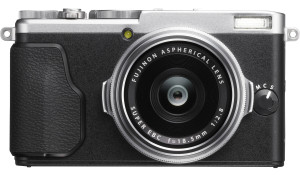
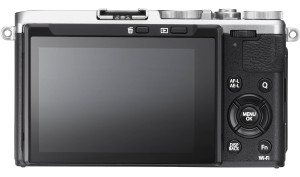
It falls between the tiny-sensored traditional space and the interchangeable lens space and is characterized first and foremost by the demand for a larger sensor that drives better image quality. A recent release in this space may be just what you are looking for so let’s quickly look at the new Fujifilm X70.

Figure 1 : Shot in Fujifilm’s RAW format RAF and processed in Lightroom
Let me describe the most prevalent use cases for a camera like the X70 and we’ll see if this is a fit for you.
- Size is important. The user of this camera wants something unobtrusive and lightweight, perhaps a camera that will fit in a balloon pocket or cargo pocket.
- The sensor needs to deliver a high quality image. A larger sensor will always have larger photoreceptors and this will improve the likelihood of a good image, particularly in poor light. Users in this space will consider sensors starting in the 1 inch size range at the minimum but will prefer at least an APS-C sized sensor.
- The user doesn’t want to have to carry multiple lenses, he or she would like a medium wide angle, suitable for travel, family and street style photography
- The user in this market would like the opportunity to do deep post processing from time to time but is often very happy with a sharp JPEG right out of camera, ready for posting on social media or emailing to friends and family. Thus, the ability for the camera to communicate with a smartphone is desirable.
- The user in this space would like the creative tools afforded by some social media services, but would prefer a higher grade of tools to use with the image, including emulating the look of classic film stock.
- The user wants an easy way to connect to their smartphone for uploading images to social networks and as email attachments. The camera must have WiFi.
These criteria really define the X70. It’s a hand sized camera that has a superb usability index, particularly for photographers who have past experience with dial oriented settings. The top deck has a primary dial for shutter speed selection as as well as an A option that invokes aperture preferred mode. The aperture is set via a ring on the lens, rotate the ring to the aperture you wish. There is also an A on the aperture ring that will invoke either Program or Shutter Priority depending on the position of the A on the top dial. Photographers who the ability to rapidly adjust exposure compensation are provided a very usable dial in 1/3 stop increments on the top deck to do just that.
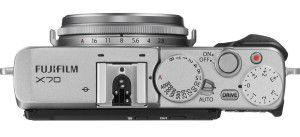
Figure 2 : The X70 has a very high usability index, it’s clean and simple
To keep the price point below $1000, Fujifilm has eschewed an optical or electronic viewfinder. You get a large bright LCD panel with a tilt option. Using it outside in bright sun is perfectly viable as I did in my tests.
There are three auto-ISO modes, a useful convenience for a speedy shooter like the X70, each configurable for minimum and maximum ISO, so you can build an auto mode to suit yourself or simply use one of the built in modes.

Figure 2 : Processed RAW in Lightroom, lots of data is preserved for process
While I nearly never shoot in JPEG, the JPEGs delivered by the X70 suit the demands of the marketplace. The 16 megapixel APS-C sensor delivers excellent image quality from the fixed 18mm f/2.8 lens (35mm full frame equivalent 27mm). While I personally prefer the look and feel of the 23mm used on the X100T, this is an excellent all around focal length for the use cases for this camera. The Fujifilm X-Trans 2 sensor does an excellent job in both RAW and JPEG, but given the popular use cases, the JPEG shooter really benefits with a very solid FINE quality option as well as, in my opinion, the best in camera film emulations you will find anywhere. Fujifilm made a very credible name for themselves in the film years, and customers still remember the look of different Fujifilm offerings with pleasure. All the important Fujifilm emulations are represented in the camera and they look fantastic and will please all photographers who like the idea of a properly finished image right out of camera.
I like the RAW images myself, but that’s because I prefer to process outside of camera. The X-Trans 2 sensor is excellent, the only challenge is that, in my opinion, external RAW converters such as those found in Adobe Camera RAW and Lightroom don’t do the sensor justice. Sadly, the free RAW Converter by Silkypix is non-intuitive and only saves in JPEG or TIFF, not in DNG making it mostly useless for practical work. For the buyer who is going to leverage the built in JPEG capabilities including the film emulations, this is a non-issue.
I was able to hold the camera in one hand securely because of some subtle but well designed finger holds. I have larger hands with short fingers and the small size only rarely felt too small. For street and basic photography the fit and feel is just fine. The buttons on the back are small but not so small that they are tough to find. The four way rocker is easy to use but I find the left most button a bit too tight to the LCD display for my large hands.
The LCD, in addition to being tiltable, is also a touchscreen. As there is no viewfinder and so no chance of nose powered activation, I turned it on. I am not personally a big fan of touchscreens on cameras other than smartphones, but I give Fujifilm credit that this one is precise and the menu system uses large enough selection spaces to make the touchscreen a viable user interface unlike some other vendor products where a large fingertip can activate multiple selections.
The menus are clean and easy to follow, consistent with other Fujifilm menu systems. It’s no better than any other manufacturer’s menu system, but certainly not as bad as some can be, getting access to desired functions with a minimal number of clicks. These days if you have to click more than twice to find your goal, that’s a sign of poor UI design and it’s annoying to clients who have become accustomed to the much better UI designs found on smartphones. As a result, certain Software development services are needed to ensure that the user interface is done properly.
Video is included with Full HD available at up to 60fps. There is no 4K support and while that appears to be a checkbox item these days, the reality is that over 90% of compact camera buyers never engage the video functions. If you need 4K, you should look elsewhere.
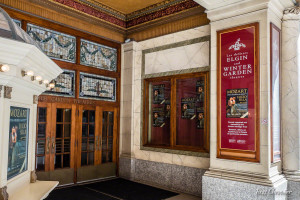
Figure 4 : Where the light is soft, the detail and tonal rendering really shine
The X70 includes built in WiFi that makes connecting your smartphone easy with apps available on the Apple Store and Google Play Store.
The camera uses a Lithium-Ion battery good for a CIPA rating of 330 images on a full charge. If you need more, buy a spare battery, they’re very small in order to keep the camera size down. This gating factor is the same as all cameras in this space.
The X70 boasts ISO capability to 51200. Without being nasty, let’s be honest with each other. Just like on many other APS-C cameras, ISO 6400 is a hard push, everything above that is a noise fest.
In conclusion, the X70 fits into a growing marketplace. Currently the space is led by Sony with the acclaimed (rightly so) RX100 family. Canon has some products in this space as do Olympus, and Panasonic. Nikon has announced products and they should be out soon enough. Where Fujifilm really excels is in the look and feel of an old style rangefinder, although calling this a rangefinder is ludicrous, that evokes a strong sense of the past and an elegant look and feel. Simple and easy to access controls take it beyond most of the competition and it’s large sensor (most of the competitors are 1 inch or M4/3) delivers superb image quality. I personally really need a viewfinder, but at just under $900 retail in Canada, I call the X70 very hard to beat without spending a lot more money. About the only potential limitation is that there is no 4K video, but market data tells us that 4K is not a primary or even secondary driver in this space. If you want a camera that drives superb images right out of camera, that has the look of a classic camera, and that’s easy to use right out of the box, coupled with proven optics (Fuji has made their own glass longer than many other manufacturers have existed – and are a leader in professional optics) it’s very hard to beat the X70. If this is a camera that can fit your use cases, pop into your local Henry’s and ask to see one. Check the fit and feel in your hands. You may be very pleasantly surprised.
Until next time, peace.
Ross Chevalier
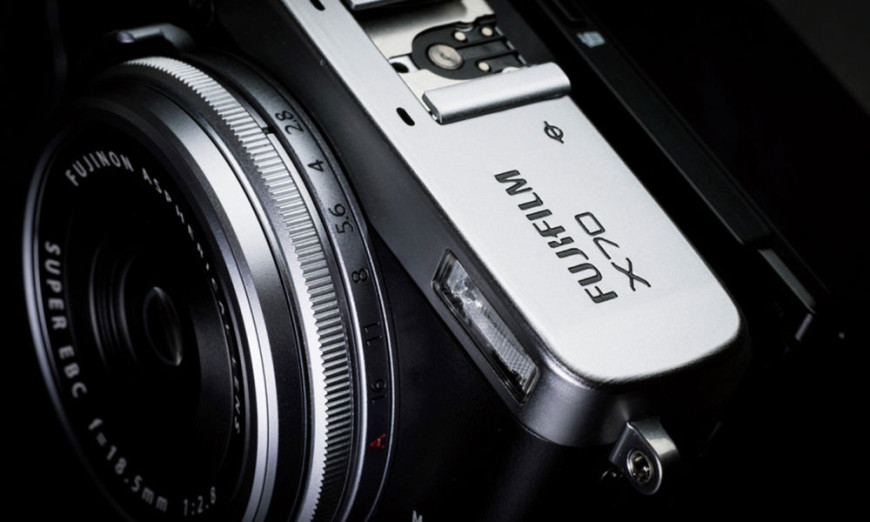

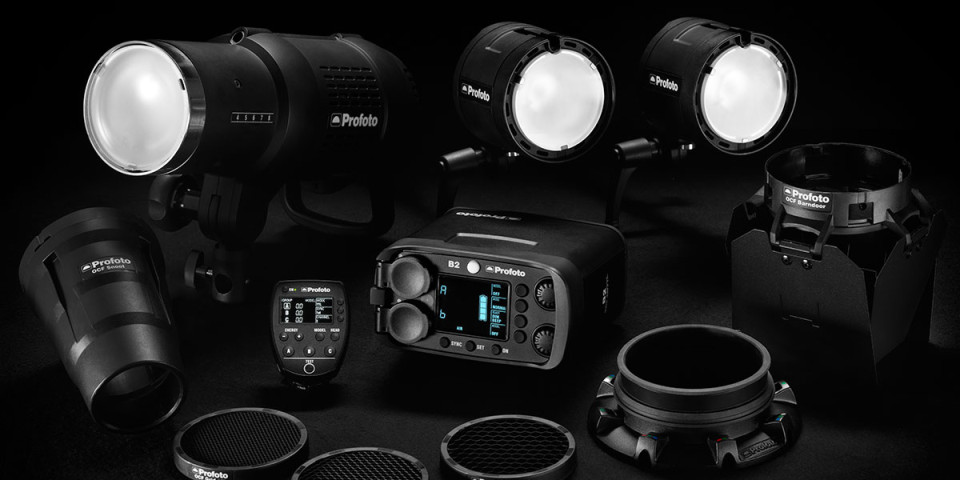
COMMENT (1)
Pingback: Introduction To Street Photography | Henry's Blog